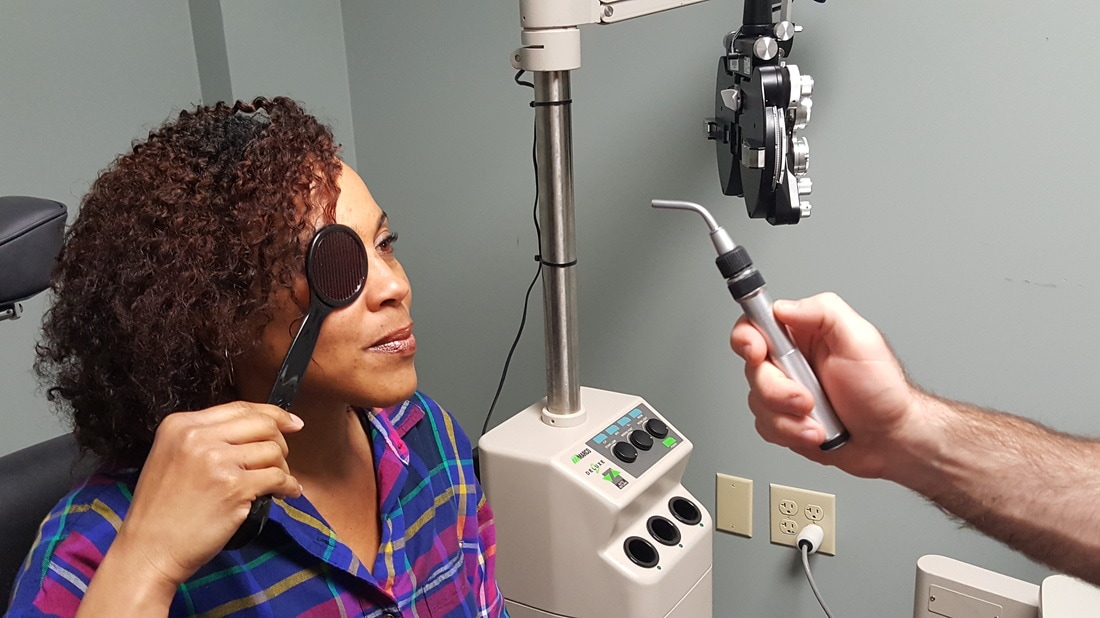By: Jessica Ruxton (Class of 2019)
Midwestern University, Arizona College of Optometry
Vertical heterophoria (VH) is a binocular vision dysfunction in which the eyes have different lines of sight. VH and traumatic brain injury (TBI) give rise to the similar symptoms including eye pain, dizziness, difficulty with reading, and psychological disturbances. The authors discovered that patients with both syndromes had a decrease in their symptoms after being treated with prism correction, and consequently conducted a retrospective analysis investigating the relationship between VH and TBI, as well as the effectiveness of the treatment.
A database search from January 2005 to April 2008 revealed eighty-three TBI patients that had continued symptoms despite standard TBI treatment. Only forty-three had complete data sets and were included in the study. Baseline information indicated the majority of the TBI’s were caused by car accidents, the mean duration of symptoms was 3.6 years, and the mean duration of treatment was 3.6 months. Before and after prism was added to the spectacle correction, the patients completed the Vertical Heterophoria Symptom Questionnaire (VHS-Q) and subjectively ranked their symptom level with a percentage. The VHS-Q, developed by the authors, consists of twenty-five questions assessing VH symptoms on a scale of zero to seventy-five.
The mean baseline score from the VHS-Q was 34.8 points; after treatment, the mean difference was 16.7 points. The mean subjective improvement was 71.8%. Based on the patient’s head tilt, the magnitude and direction of prism was determined. The higher eye required base up and small amounts were added until the symptoms were maximally reduced. Within twenty to thirty minutes, the patients noticed improvement which appeared to stay stable over time. On average, two to three months and three sets of lenses were needed to optimize the prescription, making this treatment cost and time efficient.
Limitations to the study included the number of excluded patients, lack of placebo, and only one optometrist and one physiatrist treating the patients. The prevalence of VH in the TBI population could not be determined because of the sample size. However, from the authors’ experience, VH was very common in this group. Also, it was unlikely that a placebo would have affected the results as vertical prism has a noticeable effect. Those with VH noted a relief of symptoms, whereas those without VH developed symptoms when vertical prism was added to their prescription.
The authors hypothesized that a TBI leads to a VH. When the cause of VH was a TBI, the higher eye had a lower line of sight and saw a higher image. The elevator and depressor muscles compensated to avoid diplopia and became strained. The transient diplopia and blur seen clinically was a result of this extraocular muscle fatigue. Since the patient was stationary and the visual input was changing, this was perceived as dizziness. Diagnosing and treating VH has been very difficult in the past, but adding the appropriate amount of prism eliminated the strain on the extraocular muscles which in turn eliminated the other symptoms.


 RSS Feed
RSS Feed

